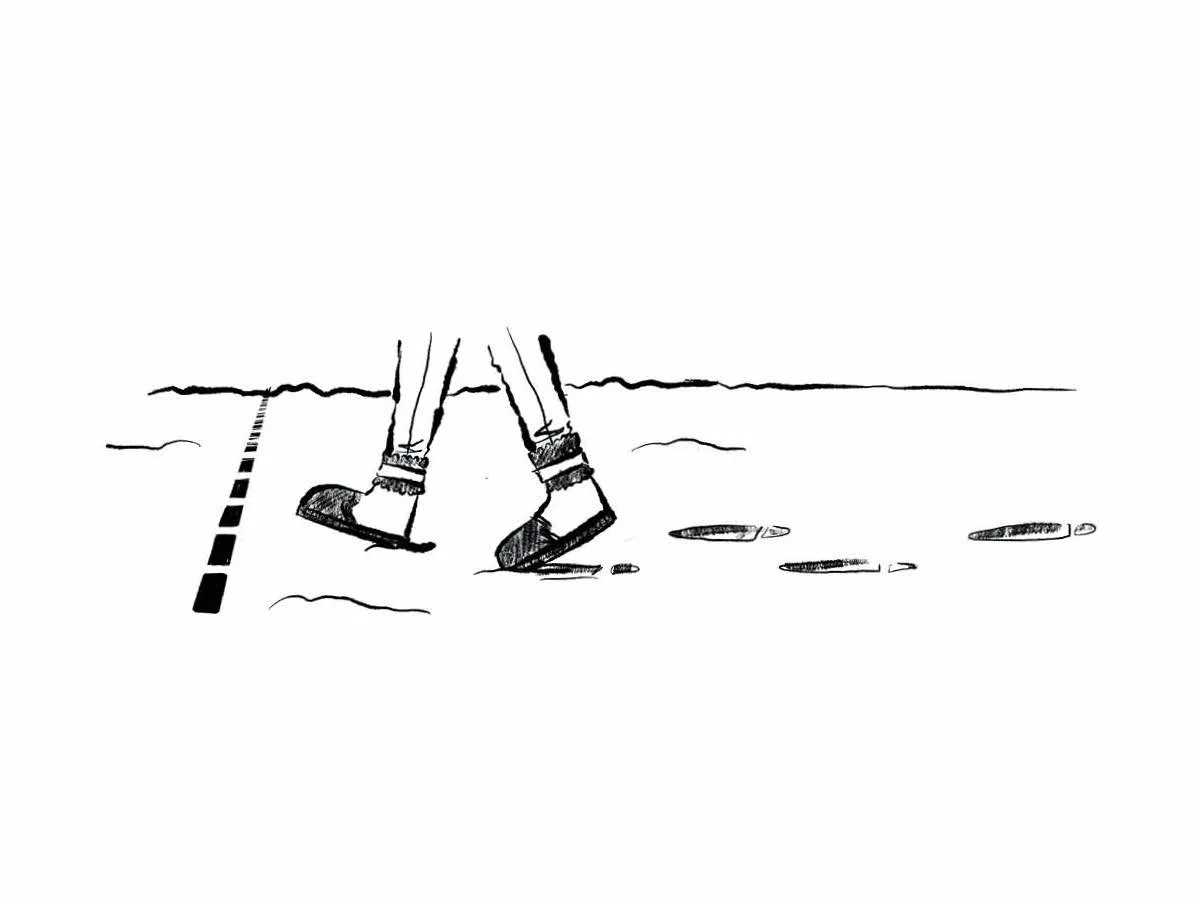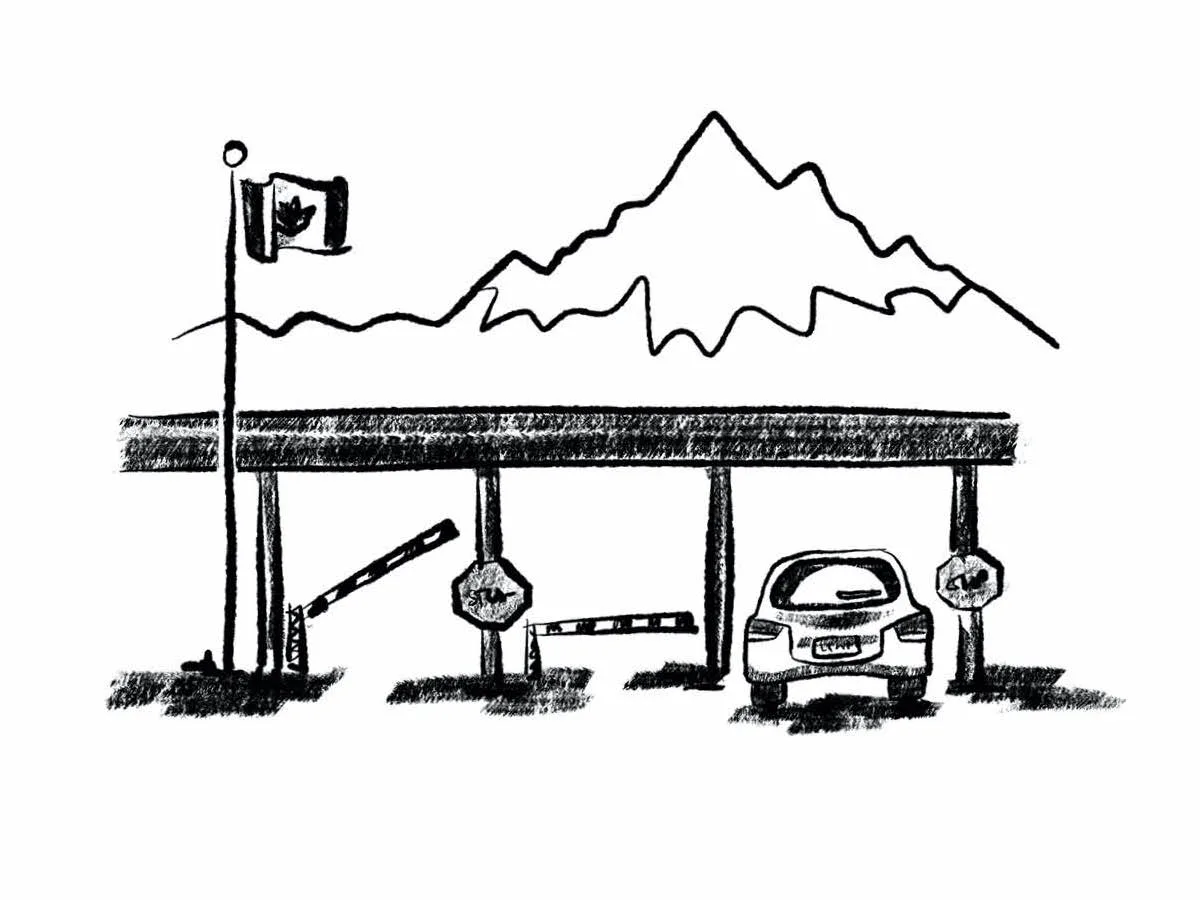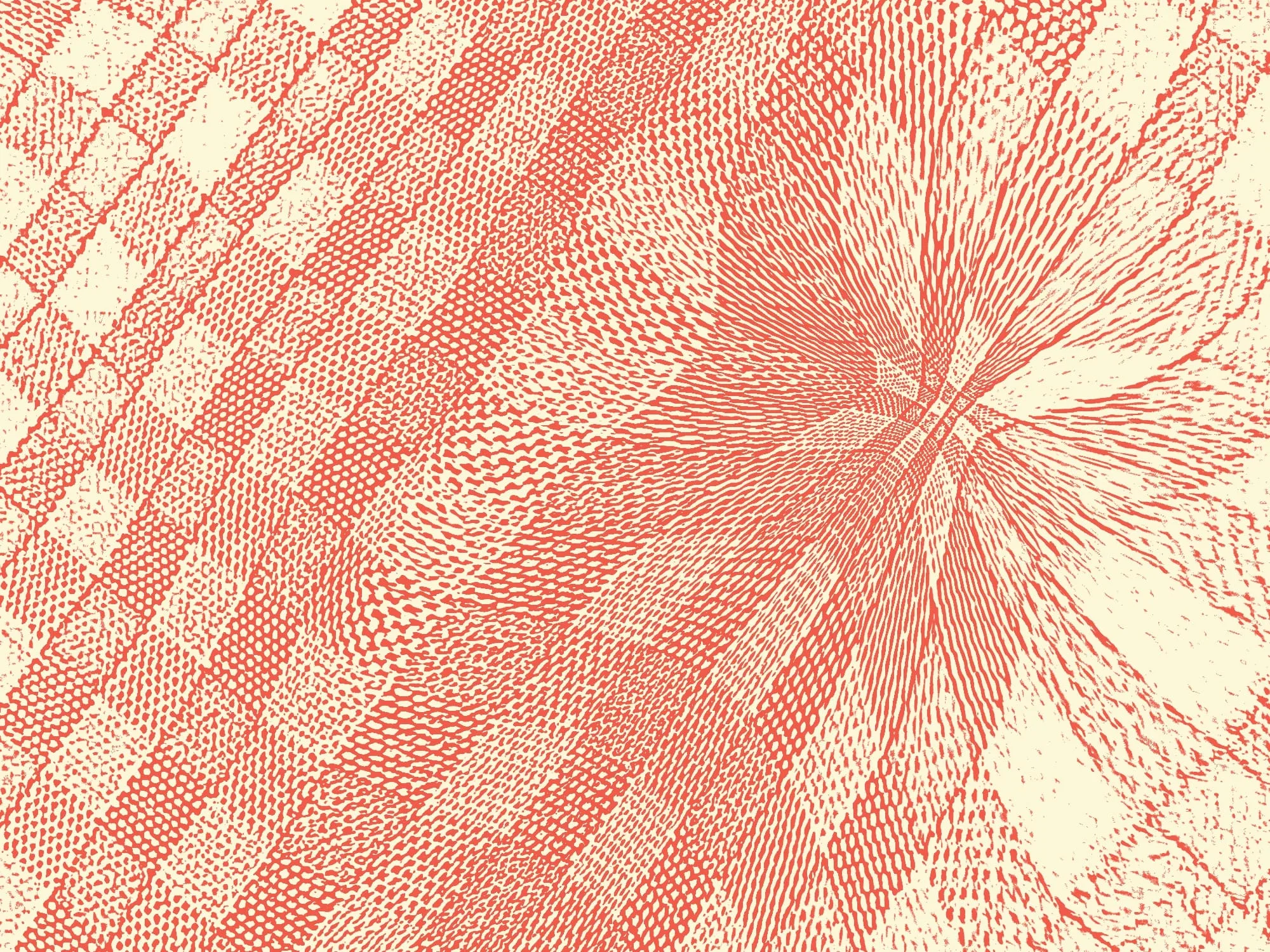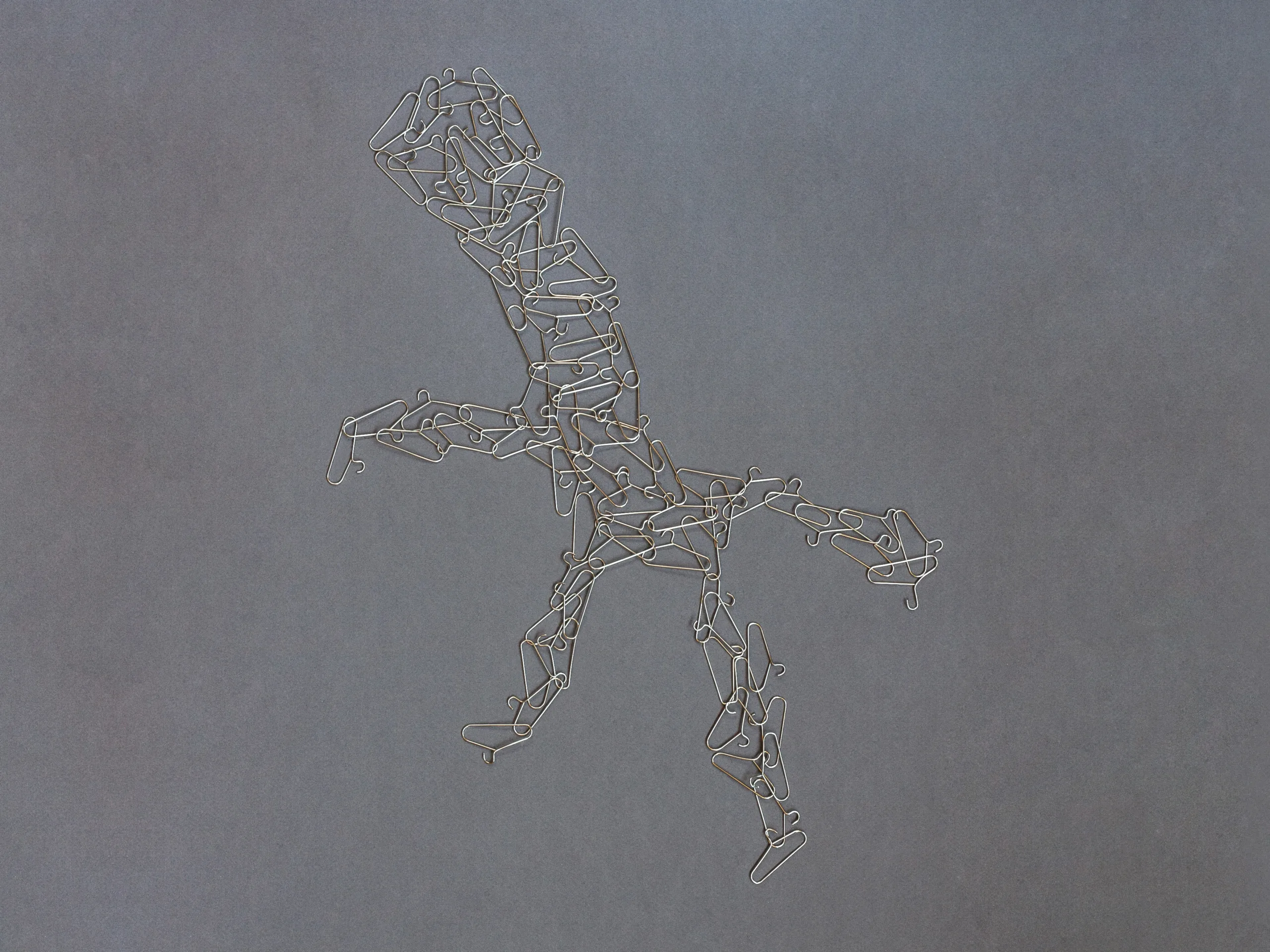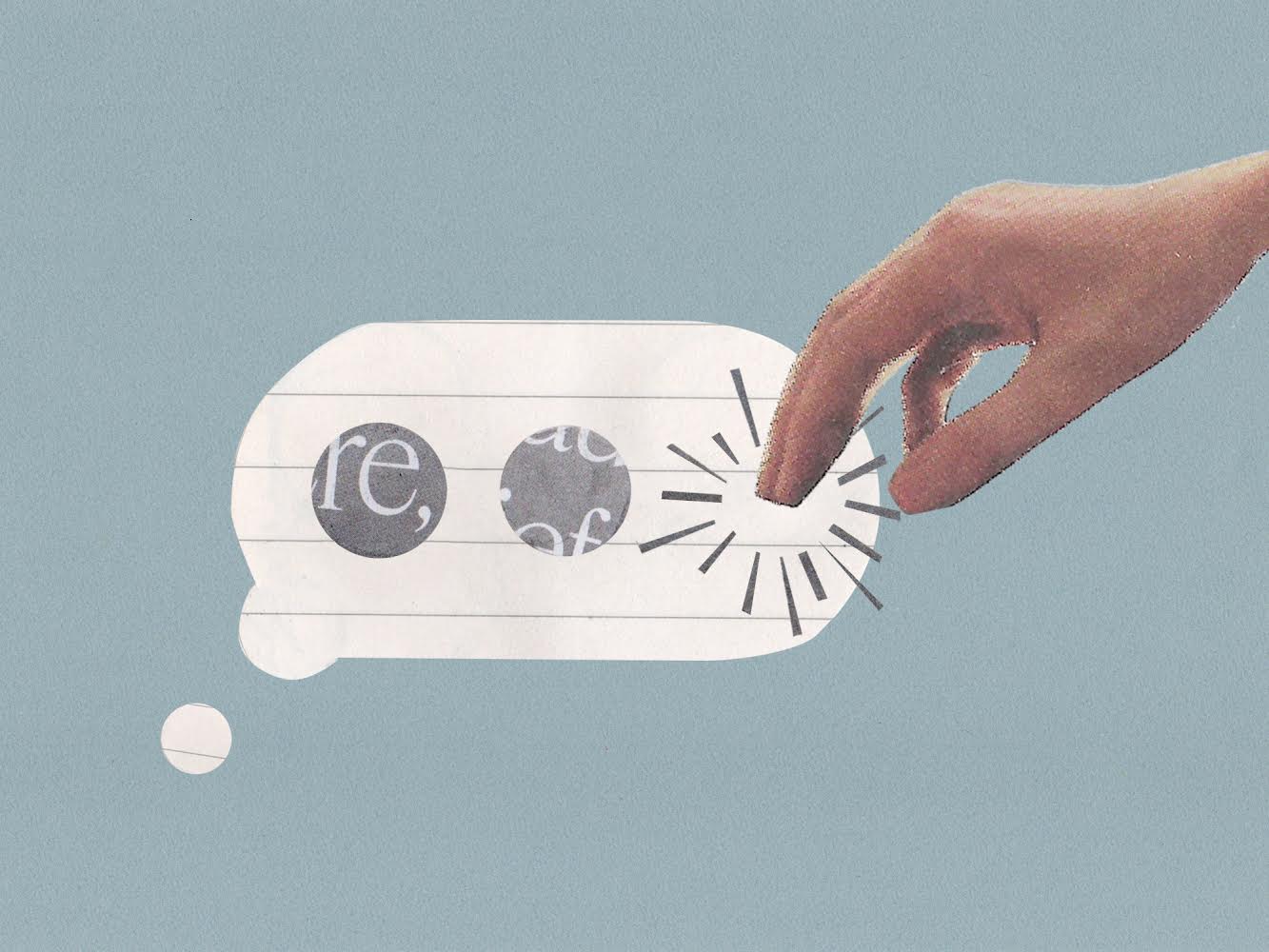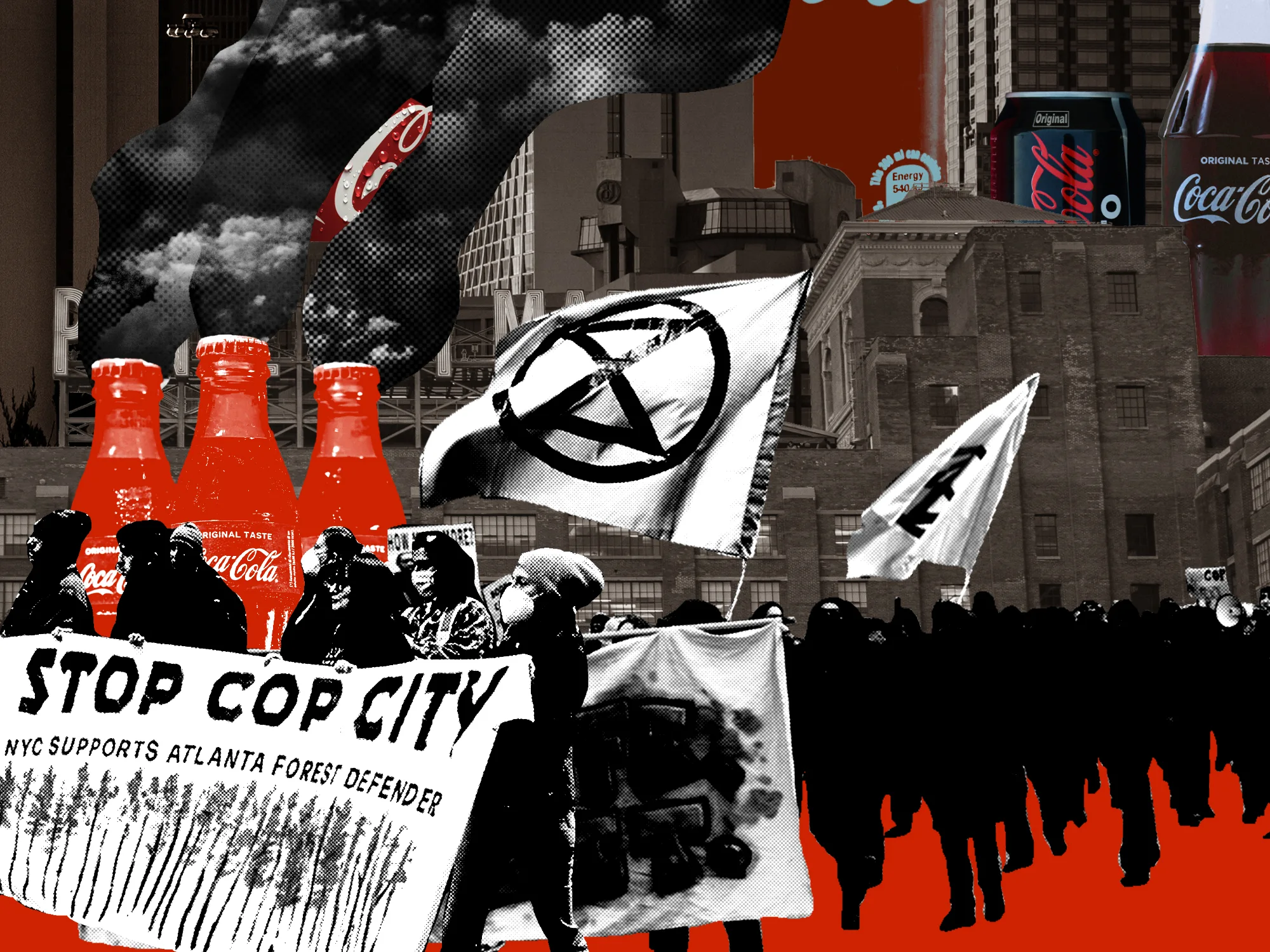Latest
July 19, 2024
A Once Familiar Place
Sophie Pinkham
In 2011, a Ukrainian friend drove me past the Kharkiv marriage palace. To get hitched, he said, you went through the grand pillared entrance. To get divorced, you used an unobtrusive back door. We laughed. I wasn’t getting married or divorced that day, but I was on my way to Belgorod, across the Russian border, where a friend would pick me up. I had applied for a visa in Kyiv,...
July 19, 2024
My Business on My Land
Julian Brave NoiseCat
As a long-haired, brown-skinned Native man with an obviously Indian name, I have an easier time than most getting between the United States and Canada. Because I am a “status Indian,” legally registered with the Canadian government, I have special border-crossing rights under the Jay Treaty of 1794. The treaty is named for John Jay, the second governor of New York, who negotiated with Great Britain on behalf of the...
July 19, 2024
A Failure of Imagination | On Borders and the Nation-State
Atossa Araxia Abrahamian, Cara Giaimo, Dur e Aziz Amna, Grace Blakeley, Ian Volner, Jack Herrera, Julian Brave NoiseCat, Sophie Pinkham, Zachariah Mampilly
In 1990, there were fifteen international border walls, according to the political geographer Reece Jones. Today, that figure has more than quintupled — and it doesn’t account for the vast surveillance apparatuses that track and criminalize migration even in the absence of brick-and-mortar (and chain-link, and steel) barriers. By 2025, the global border-security market is expected to generate more than $65 billion in revenue. These structures and systems haven’t stopped...
July 19, 2024
Tivoli | Poetry
Ashley D. Escobar
Tulips waiting to bloom in schoolyards. Children in wellies stomp the alphabet into the street. Streetlamps bend over, I am not yet a trampoline. I’m pining for a soon-to-be stepmother of three. Her reflection meets mine in a stale puddle of milk. All the town’s clocks died. I missed every train; trains shouldn’t arrive on the same track. I’ll eat away her guilt. I fought in a war I let...
July 19, 2024
Go Look in the Closet, My Son Said | Poetry
Michael Bazzett
and I did and it was there, hunched beneath the coats, covered in hair, doing its best to look inconspicuous and it did indeed smell a bit like woodsmoke and iron, and I did see something that looked a bit like a talon draw closer into its body before melting away into the shagginess in much the same way the markings of a snake might simmer down into a pile...
July 19, 2024
Cape Neddick | Poetry
Talin Tahajian
From this angle, the geese look like they’re making one straight line. The same grey borzoi flickers against the shoreline, saint of New England candlewick. Another dog moves like a white spirit of the water. His red ball is caught because it’s thrown. Then the soot goes up. The tide abandons what it leaves, I think, being as usual wrong. I pick up two clamshells, one with a perfect hole...
July 19, 2024
Bridge for Sale | Poetry
Jen Frantz
I would like to buy your bridge, the man said to me, carrying a purple briefcase. Well, I said, it’s not for sale. And he said, why isn’t it for sale? And I said, it’s where I go to listen to disco. He put a hand through his hair. Listen, he said, I’m going to put in a traffic light. A traffic light! I was the only one who came...
July 19, 2024
Aliens | Fiction
Gideon Jacobs
John removes Jacob’s mask and jacket so his son can play in the playground unencumbered, and then, alone on a bench away from other parents, composes a sext to a woman who is not his wife. He wants the sext to be good. He wants it to be sexy. He wants to increase his deviancy by the rightsized increment, large enough that she will be surprised by the advance, small...
July 19, 2024
Underwater | Fiction
Hannah Kingsley-Ma
What a pool it was, Sam thought. A special kind of pool. Very cold and salty. There was no chlorine in it, someone informed her. All saline. She took that to mean they were basically bathing, treating their various open wounds. She had been on vacation with her husband’s family for exactly two days. A frog was dying somewhere in the corner of the pool. A well-bred dog, genetically modified...
July 19, 2024
No Atlanta Way | Stop Cop City Meets the Establishment
Sam Worley
Two years in a row, on the very same day, police descended on the campus of Emory University, an elite private school on the leafy eastern edges of Atlanta. In the spring of 2023, students staked tents on the university’s quad, agitating against the construction of a controversial police training center in a forest south of Atlanta. Opponents had nicknamed the hundred-million-dollar facility “Cop City” for all the amenities that...


